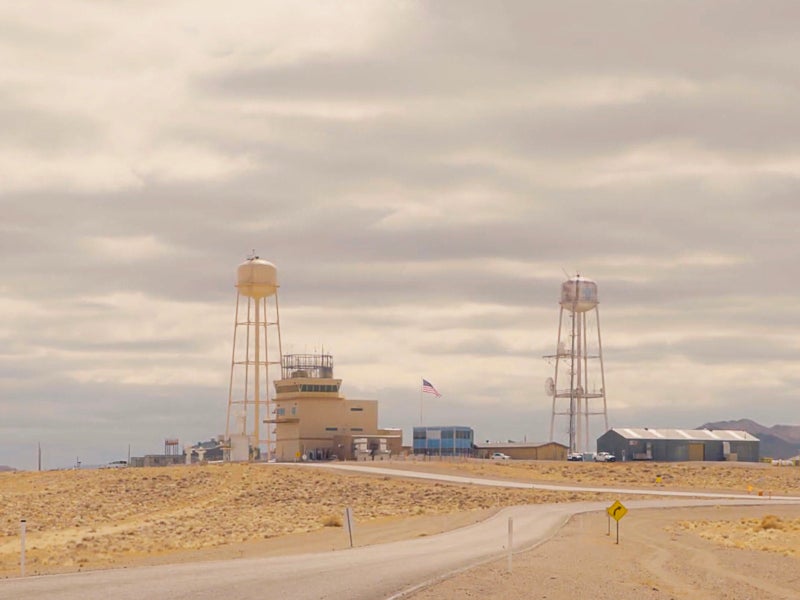B61-12 is the latest variant of the B61 family of air-launched nuclear gravity bombs, which have been operational with the US military since 1968. The new variant is intended to improve nuclear capabilities of the US Air Force and allied nations. The bomb can be air-launched by the aircraft platforms such as B-2A, F-15E, F-16C/D, F-16 MLU, PA-200, F-35, and B-21.
The first production unit of the B61-12 nuclear bomb is expected to be completed in 2022.
B61-12 nuclear bomb development and flight testing
The new variant development is part of the B61-12 life extension programme (LEP), which is a joint effort between the US Air Force and the National Nuclear Security Administration (NNSA).
The programme will overhaul and replace the ageing non-nuclear components such as fuses and batteries of the existing B61 bomb variants B61-3, B61-4, B61-7, and B61-10. A total of 400 bombs are expected to be refitted at an estimated cost of $7.6bn.
Scheduled to be completed by 2025, the programme will extend the B61 bomb’s service life by 20 years, while increasing safety, security and reliability.
The development engineering of the B61-12 LEP began in February 2012. The first development flight test of the bomb was conducted by F-15E Strike Eagle multirole fighter in July 2015 and the baseline design review was completed in January 2016.
The weapon entered its production engineering phase in June 2016 and its first system qualification test flight was conducted from the US Air Force’s F-16C Fighting Falcon aircraft in March 2017.
Two non-nuclear system qualification flight tests of the bomb were completed in July 2018. The B61-12 non-nuclear test bomb assembly was released by a B-2A Spirit Bomber during the tests.
The B61-12 nuclear bomb completed its successful flight tests with the US Air Force’s F-15E in June 2020. It was dropped from above 25,000ft and was in the air for approximately 55 seconds before hitting the target.
B61-12 nuclear bomb design and features
The B61-12 nuclear weapon has a length of 12ft and weighs approximately 825lb. It can be fired at the target in either ballistic gravity or guided drop modes.
The weapon is based on the B61-4 warhead and boasts two main assemblies, bomb assembly, and tail kit guidance assembly. The bomb assembly comprises reused, refurbished, and the latest nuclear and non-nuclear components.
The new tail kit guidance assembly combines new guided freefall capability with the existing ballistic (unguided) delivery capability of the B61 bomb. Equipped with four manoeuvrable fins, the tail section offers high levels of accuracy and limited stand-off capability over the previous variants.
Warhead and guidance
The B61-12 air-launched tactical bomb will carry a low-yield nuclear warhead to destroy military targets with minimum collateral damage. Located in the bomb’s middle section, the warhead will have four yield options, including 0.3kt, 1.5kt, 10kt, and 50kt.
The bomb uses an inertial navigation system (INS) to achieve high kill probability, while improving the survivability of the launch platform. The weapon is expected to have an accuracy of approximately 30m.
Key players involved with B61-12 LEP development
Los Alamos National Laboratory and Sandia National Laboratories are responsible to provide design and engineering for the bomb. Los Alamos produced detonators and other classified components, while Sandia National Laboratories produced custom electronics, including neutron generators, for the bomb.
The tail kit assembly for the B61-12 bomb was developed by Boeing under a $178m contract with the Air Force Nuclear Weapons Center (AFNWC), which is responsible for technical integration and system qualification of the tail kit assembly.
Kansas City National Security Campus oversees manufacturing 39 non-nuclear component assemblies covering firing, safing, and use control components.
The reproduction of components made of uranium and other materials was performed by Y-12 National Security Campus, whereas the Pantex Plant was responsible to produce high explosives, requalify B61 pit, and perform final assembly of the bomb.
The testing, evaluation and replenishment of the gas transfer system will be performed at Savannah River Site.




